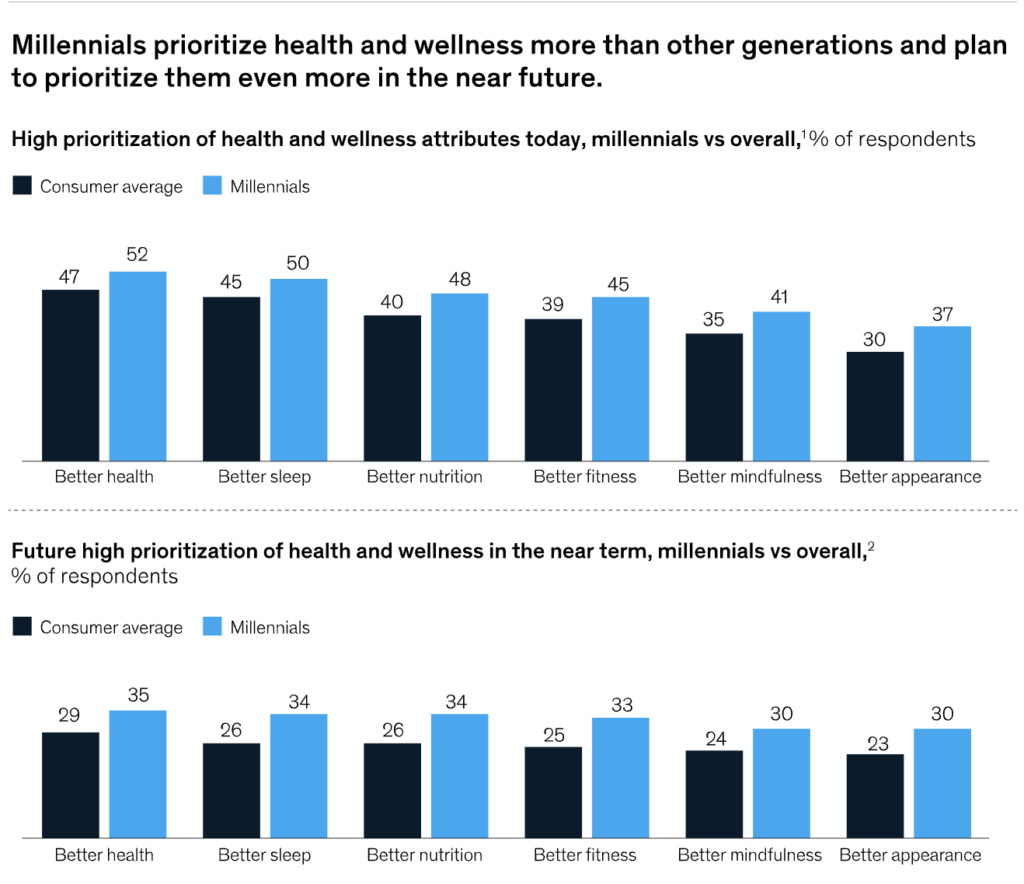Making informed and better business decisions is easier when you understand the data at hand.
For gym owners, staying on top of the latest trends isn’t just beneficial, it’s essential to attracting new members and increasing revenue.
But how can you encourage prospects to choose your facility over others? And once they’ve joined your community, what strategies will keep them coming back and staying loyal to your gym?
The answers to these pressing questions can be found by looking at the right numbers.
What Are The Latest Gym Membership Statistics Telling Us?
Every fitness business owner needs to pinpoint the reasons individuals choose their gym—a choice often shaped by personal preference, proximity, and budget.
As the fitness industry constantly evolves, understanding your members’ motivations is key to delivering services that align with their needs.
That said, here are 6 insightful gym membership statistics that can help improve your business strategy and secure long-term success in a competitive fitness market:
1. Gym Owners are Getting Better at Marketing
The most profitable gyms today have robust marketing strategies. This is huge, considering just 5 years ago, they were either nonexistent or overlooked by the average gym owner.
Data from Two-Brain Business shows that 46% of gyms are utilizing paid ads, while those who aren’t, are adopting other low-cost tactics like referral programs and organic social media content.
This approach is proving to be effective, bringing in an average of 27 new leads each month. With more marketing resources readily available, it’s now easier to know how to position your gym to attract more members.

2. Smaller Classes = Greater Commitment
More people are gravitating towards smaller class sizes, which have a more personalized and adaptable experience. The data backs this up, showing an average attendance of 6.6 participants per class.
But there’s a problem: many gyms are undervaluing these near-personal training sessions by pricing them at large group rates. Now might be the time for you to reassess your pricing strategies and positioning to ensure you maximize their potential.
3. The Average Client Leaves After 8 Months
This happens for many reasons, the most common being clients didn’t see results, there was bad communication, or they simply achieved their fitness goals. The good news is, this can be fixed.
Our friends at Two-Brain Business offer free materials that help extend member retention to an average of 18.8 months—that’s more than double the industry standard.
Another solution is to focus more on your marketing efforts and build a stronger community in your gym. This way, you’re continuously attracting new faces instead of merely replacing those who leave.
4. Working Out is More Than Just Being Physically Fit
Gyms used to be all about getting fit and looking good on the outside. Now, it’s also about taking a holistic approach and feeling good on the inside.
Mental wellness is the leading motivator for staying active. In fact, 78% of individuals claim that overall well-being—encompassing emotional, physical, spiritual health, etc.—matters more than ever. This perspective is especially true among the millennial population.

For gym owners, this shift in mindset means that building community, offering a positive gym experience, and ensuring your members leave happier and healthier is just as essential as the physical aspect of working out.
5. Gen Z is a Huge Untapped Market
Gen Z will likely be your primary customer in the coming decade, making it crucial for gym owners to understand their habits and preferences.
The Les Mills Report reveals a promising trend: 72% of Gen Z already have gym memberships. Half of them need help getting started, and among that group, 68% prefer starting their fitness journey at home.
This is a huge opportunity for gym owners to expand their member base. We know how much Gen Z loves technology, so creating high-quality digital fitness options, for example, can help you attract more of this demographic to your fitness business.
6. Diverse Offerings are in Demand
Building on our earlier point about wellness, more people are exploring nutrition, supplements, hormonal health, and stress-reduction techniques. Gyms that incorporate a variety of these services are getting noticed, with 69% of men and 64% of women expressing interest.
Data from Two-Brain Business agrees, as hybrid programs that combine nutrition coaching and fitness coaching under one price tends to address client needs more comprehensively, leading to more happy clients.
While expanding services is beneficial, gym owners should be careful when doing so. Too many changes can hurt your fitness business. A safer approach is to start by introducing things like nutrition or partnering with local businesses that offer these wellness services.
The Takeaway
The fitness industry is constantly changing and so is consumer behavior. By looking at the latest fitness trends and leveraging data-driven insights, gym owners can optimize their strategies for long-term business growth.
For additional guidance on how to drive more members to your facility, check out these helpful resources:
- You will beat 90% of local gym competitors if you create and post content consistently. Craft a robust marketing plan by using The Ultimate Blueprint for Creating a Winning Organic Content Strategy.
- If you want to save yourself the extra time, use AI to create content. Check out: Unleashing the Power of AI in Your Gym: The Ultimate Guide to Using ChatGPT for Fitness Professionals
- Want to attract your dream client? Start here: Are You Making This Gym Marketing Mistake? and Top-Earning Gym Owners Swear by This One Trick to Attract Their Dream Clients
- Want your gym to rank higher on the web? Read these two articles: Everything Gym Owners Need to Know About Google Business Profile and Local SEO and How to Rank Your Gym Higher on Google Maps in 4 Easy Steps
And if you’re looking for a comprehensive solution tailored to your gym’s unique challenges and goals, Kilo is here to assist.
To find out how Kilo can help you and your business book a call here.






